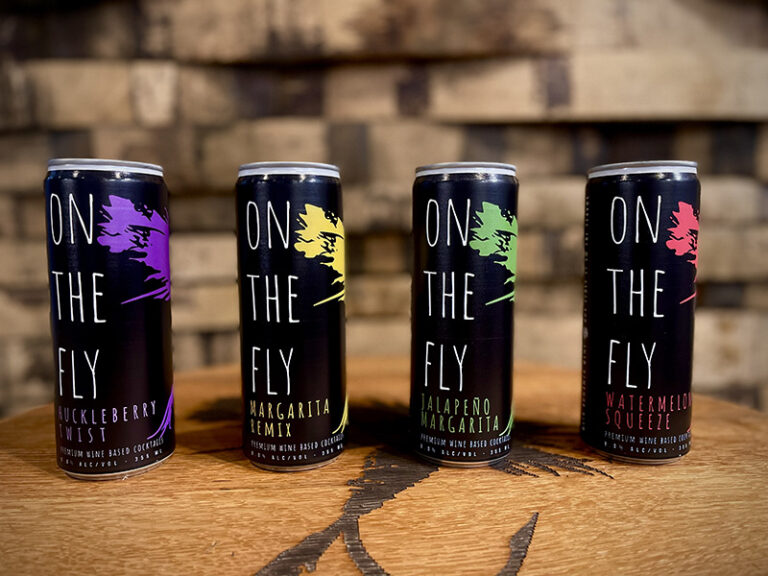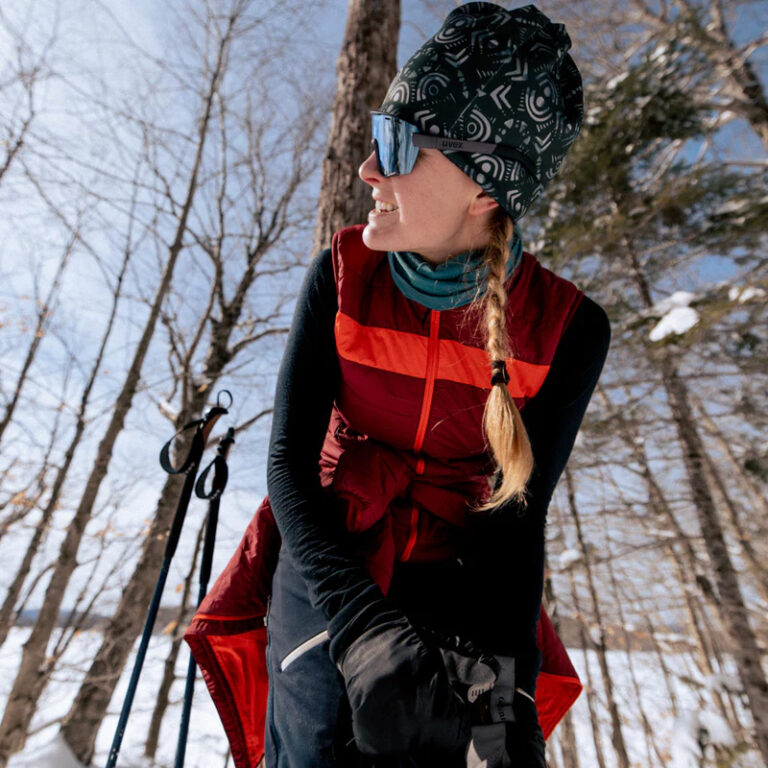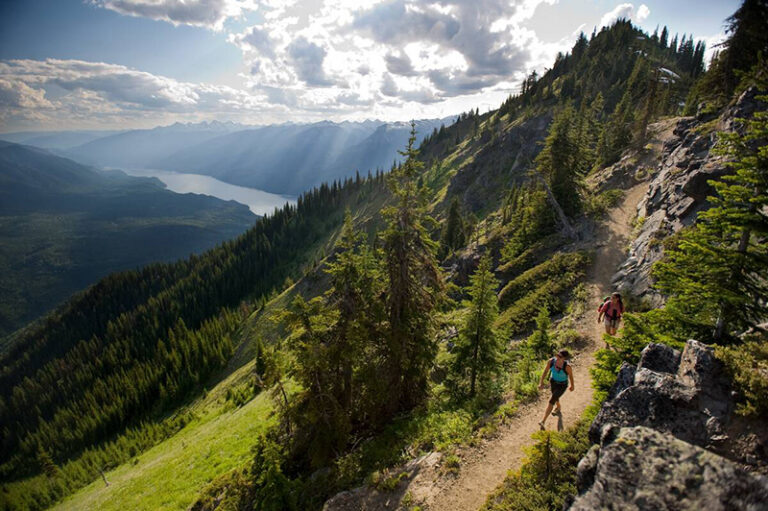High Crimes: The Fate Of Everest In An Age Of Greed
Michael Kodas
Hyperion Books, 2008, 357 pages
Michael Kodas draws on his experiences during Everest expeditions in 2004 and 2006, to explore the sometimes-parasitic relationships that have developed among Everest climbers. Drawing on his skills as a reporter Kodas goes behind the up front and obvious to dig out the details of the story of questionable behavior on Mount Everest. His polished writing makes High Crimes an easily readable and engaging book.
In High Crimes Kodas identifies three categories of Everest climber. They range from climbers in expensive, well–supplied commercial operations with each client accompanied by a Sherpa or guide to climbers unaffiliated with any of the major groups, climbing under an “international” permit offered by a trekking company. In Kodas’ view, the less climber support from “guide” services the more likely unethical or criminal behavior will occur.
Kodas hits on prostitution and drug peddling in base camp. But he digs more deeply into the happenings higher on the mountain. Many expeditions, including Kodas’, found supplies and equipment missing from tents in high camps. He postulates that poorly equipped climbers snagged supplies to further their own ends. He reports that misfeasance by small expeditions, including his own, often result in the better financed operations bearing the burden of setting the route all climbers will use.
Kodas identifies the bad guys, and the not so bad, in Everest mountaineering. He examines the failure by several teams to attempt the rescue of a debilitated climber at high altitude to ask the ethical question: When should concern for a climber in distress outweigh a climber’s own chance for success?
Though critical of the state of climbing on Everest, Kodas does put the situation into perspective: “Certainly the percentage of people in the mountains engaged in crime and malfeasance is much smaller than in the city where I live. But in wilderness where weather and gravity create dire consequences for the smallest offenses, it only takes a few outlaws to bring mayhem and disaster.”
Stan Miller
The Urban Homestead: Your Guide To Self-Sufficient Living In The Heart Of The City
Kelly Coyne and Eric Knutzen
Process Media, 308 pages, 2008
Are you the kind of person who loves the idea of sustainability but to whom actually growing your own food or reducing your carbon footprint can seem daunting? Get a copy of The Urban Homestead. There’s never been a better or easier guide to green living in a city environment.
At first glance the book leans heavily on urban permaculture food projects. There are great sections on seedballs, self-watering containers, bean teepees, and growing potatoes in old tires. That’s just the beginning. Other chapters include urban foraging (everything from how to cook and eat acorns to dumpster diving), raising livestock in the city (backyard chickens and rabbits). The “Revolutionary Home Economics” chapter has a lot of information on preparing and preserving food and even covers baking with sourdough and making moonshine. (Not at the same time.)
It’s not all edible advice. For Coyne and Knutzen an urban living guide would not be complete without an extensive discussion of “Being Your Own Utility: Water and Power for the Homestead,” and a final chapter on transportation.
The book’s best quality is that it is accessible without being smug or smarmy, a pitfall for many sustainability books. The authors have managed to cover an ambitious range of topics without dumbing things down. To achieve this they have done an excellent job of pointing the reader to other resources on subjects too big to be fully discussed here. Want the scoop on pruning trees? Here’s a book and a website that can help you out.
The authors reside in Los Angeles, and astute readers will find some advice not translating well to our area. Their advocacy of protein-free composting and over-championing of raised-bed planting are two examples. Readers with children looking for family-oriented projects may be disappointed with the child-less author’s failure to include them.
But these are small quibbles. Any book that makes me want to think seriously about collecting and cooking acorns is on to something.
Jon Snyder
The Black Grizzly Of Whisky Creek
Sid Marty, McClelland & Stewart
April 2008, 292 pages
Reading Sid Marty’s latest offering triggered memories from my trip to the Peace River Country of Northern Alberta during the summer of 1980. The trip took us north from Washington through Kootenay, Banff and Jasper Parks. Visiting relatives, reading the daily paper is not a priority, but among this outdoorsy group “news” of the bear attacks in Banff was a frequent topic of dinner conversation. Reading, in Marty’s introduction, the line, “I still have that forlorn looking bear in my head and he refuses to fade away” caused a flood of memories from sketchy knowledge of those events. If these memories were still with me, a total stranger to the area, how powerful must they be for Marty, a neighbor of the “victims” and only recently separated from the Warden Service charged with preventing incidents like these.
Later pages in The Black Grizzly reveal just how powerful the feelings that drove Marty’s pen. I am not surprised that it took 27 years for this book to be written. Any sooner and the emotion might have overshadowed Marty’s clearly reasoned message: Wilderness is not wild without apex predators like the big cats, wolves and the grandest of all, the grizzly. We humans are newcomers to their world and need to be aware of them and behave accordingly. Marty crawls into the bear’s mind and speaks, as only he can, from the bear’s point of view. From this vantage point the narrative becomes a powerful tool for raising human awareness of the needs of wild creatures in our forests.
A powerful exploration of human interaction with wilderness in general and bears in particular, The Black Grizzly, provides a well researched chronicle of the horrific events of the summer of 1980 and the changes in behavior and attitude needed to prevent them in the future. Everyone who uses the backcountry or is interested in large predators needs to read this book.
Stan Miller













